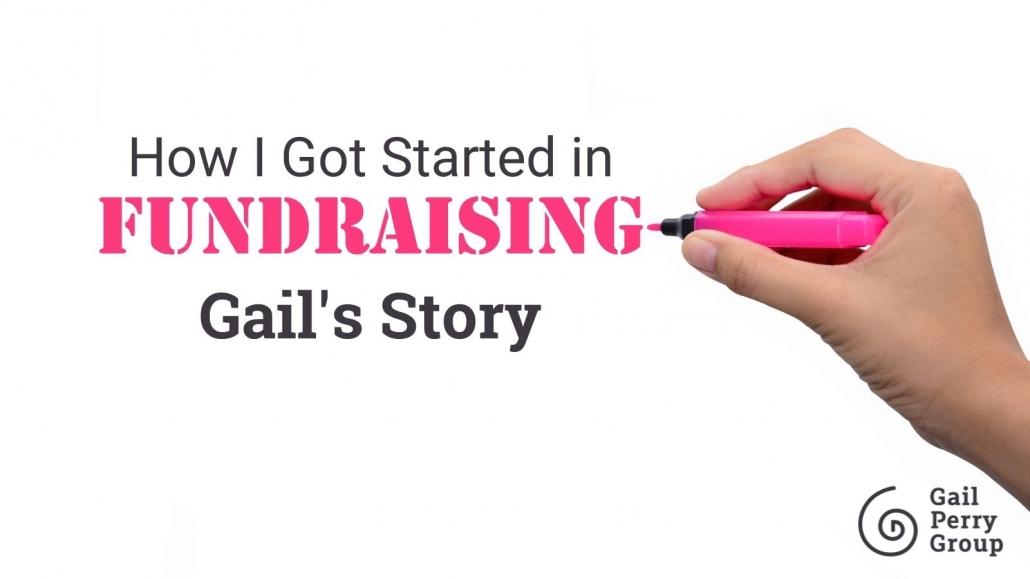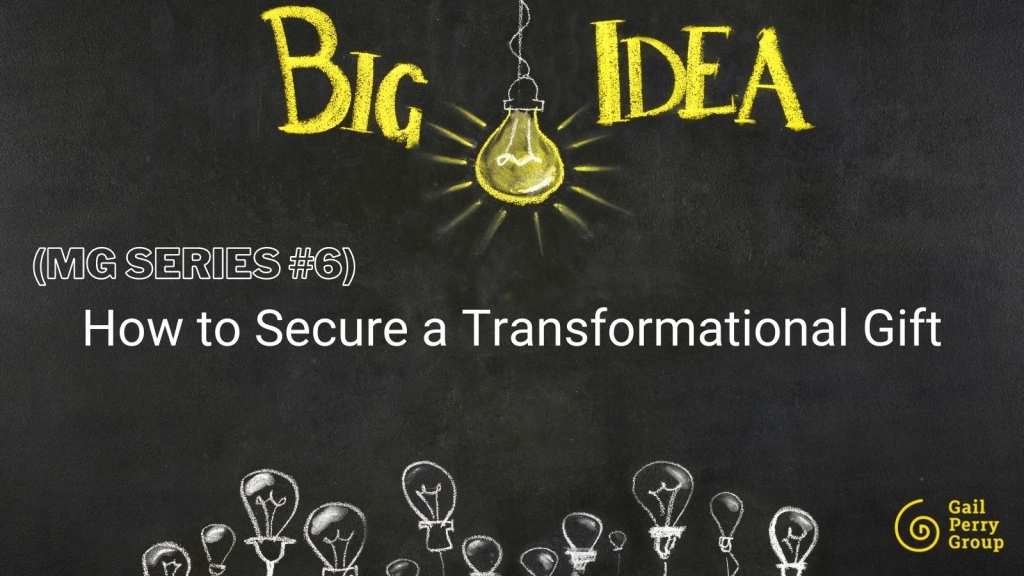Have you been searching for some inspiration in your work? We all need new ideas to keep our fundraising strategies fresh and current.
Attending the AFP ICON conference each year and interacting with colleagues always provides that for our team. So many creative and mission-minded people in one building!..
We always like to bring back the latest fundraising ideas so we can share them with our community. Here are a few nuggets of wisdom to share with you and your team.
This year, I interviewed three smart colleagues about their favorite takeaways from the conference:
Takeaway #1: Use QR Codes to Connect Donors Directly To Your Donation Page
Chad Barger of Productive Fundraising passed along some creative ways to use QR codes in your printed mailers and your digital appeals. It’s an easy way to connect donors to your donation page very very quickly.
What I like about it is that the QR code makes it easy and simple for the donor. You can trigger their interest and seize the opportunity with a fast invitation to give. Otherwise, you may lose them when they move on.
For instance, you can place a QR code next to a photograph of a program you are promoting. The reader simply scans the QR code with their mobile device to go straight to a video of the program in action. When the video ends, the viewer is taken to a giving page to contribute to that program.
Isn’t that brilliant? Two of Chad’s clients have seen double-digit-percent increases in response to their campaigns, thanks to this approach. We’re sold!
Takeaway #2: How to Handle Tough Questions from Donors
I had an interesting discussion with Paula Attenfield, CEO of Stephen Thomas Ltd, a Canadian fundraising firm. Her new idea centered on how to respond when donors ask us uncomfortable or tough questions. For example, she mentioned that she sometimes gets questions like:
“Why do you get paid so much?” or “Why are your development costs so high?”
Paula’s favorite session recommended a new strategy to redirect tough conversations. When a donor is inquiring about fundraiser’s work and why it costs so much, here’s how to redirect them.
Gently switch the topic to talk about the impact the organization is making. When you can focus a donor on what fundraising achieves and why we are doing all this work, you can change their point of view.
When we draw the listener into discussing our impact – what’s most important about the work we do – whether it’s curing cancer or finding homes for abandoned pets – many of those hard questions answer themselves.
Takeaway #3: Target Appeals Based on a Donor’s Values, not Their Age.
Sometimes, the main takeaway is something NOT to do. That was the case for our client, Cathy McClain, Director of Individual Giving of WarmNC in Wilmington North Carolina. She was fascinated to learn that approaching donors based on their age or generation is not so very effective.
We’ve all been to seminars on the differences in generations: Gen X vs Gen Z vs Boomers vs Millennials. And, in the past, we’ve been taught that we need to tailor our language and approaches based on their unique characteristics.
New research shows that we need to do things differently. Instead, we should design our appeals to donors based on their personal values, not their age. What do they love? What do they believe in? Or what services they favored at your organization.
For example, if a hospital wants to approach new parents who’ve recently had a baby, the fundraising team should talk about the OB and delivery rooms.
Or if someone has adopted a cat from an animal shelter, the agency should approach them based on the fact that they are “cat people” rather than “dog people.”
For a university – approach donors based on their field of study or their attendance at events.
For a theatre – approach donors based on whether they are attending performances or not.
You can see that this approach allows you to tailor your appeal much more personally to the donors’ values and interests.
When we know the motivating factor behind someone’s giving, we can connect them to the program or campaign that fits.
That’s something we constantly remind our clients. After all, your donors are real people with passions and interests – not just a generational label.
Bottom Line: Fundraisers have so much to learn from one another.
Make sure you’re finding places to grow and learn, whether by attending a conference or signing up for one of our coaching programs. It’s the best way to stay energized and continue building on your success.
As always, it is a pleasure to share our weekly insights with you as we discuss essential fundraising strategies. If your organization is planning a capital campaign or expanding its major gifts program, we can help. Email coaching@gailperry.com to schedule a free strategy call with us.
Resources
Nonprofit Fundraising Trends in 2024: Buckle Up What’s the Math?
3 Questions Your Board Members Really Need to Know








